Edo Kiriko (江戸切子) is a traditional Japanese glass-cutting art that originated in Tokyo during the early 19th century. Renowned for its intricate patterns and vibrant colors, Edo Kiriko represents a blend of Japanese aesthetics and meticulous craftsmanship.
As its popularity has grown, so has the presence of imitations, making it essential to distinguish authentic pieces from replicas.
To find authentic pieces explore our collection of artisan-made Japanese tableware!

🏮 What Is Edo Kiriko?
Edo Kiriko, meaning “cut glass from Edo (modern-day Tokyo),” involves hand-cutting geometric patterns into glassware, often featuring a colored overlay known as iro-kise (色被せ). This technique creates a striking contrast between the colored exterior and the clear interior, resulting in pieces that beautifully refract light.
Common traditional patterns include:
- Asanoha (麻の葉): Hemp leaf pattern symbolizing growth and resilience.
- Kagome (籠目): Basket weave pattern representing strength and protection.
- Nanako (魚子): Fish egg pattern evoking harmony and subtle texture.
🔍 How to Identify Authentic Edo Kiriko
1. Craftsmanship and Patterns
Authentic Edo Kiriko is handcrafted, resulting in slight variations that add uniqueness. Patterns are deeply and precisely cut using traditional methods. Machine-made imitations often appear overly uniform and lack the depth and expression of real Kiriko.
2. Two-Layer Glass Technique
Genuine Edo Kiriko uses the iro-kise method, fusing colored glass over clear. When cut, the colored surface reveals the transparent core, creating dramatic contrast. Fakes may use painted glass or lack this dual-layer construction.
3. Light Refraction
Hold the piece to light. Authentic Edo Kiriko refracts light in dynamic, kaleidoscopic ways due to the precision of its hand-cut facets. Imitations often lack this brilliance and sharp optical effect.
4. Feel and Texture
Run your fingers over the piece. Authentic cuts have tactile grooves and depth. Imitation glass may feel too smooth or shallow due to being molded rather than cut.
5. Certification and Origin
Real Edo Kiriko is often certified by the Edo Kiriko Cooperative Association. It should be made in recognized production areas like Koto-ku and Sumida-ku, Tokyo. Always ask for the artisan’s name or workshop origin when purchasing.
When buying online, ensure the seller shares details about the craftsman, workshop, and materials used. Avoid overly cheap products or those labeled generically without specifics.
🎁 Embracing Edo Kiriko in Daily Life
Beyond display, Edo Kiriko is meant to be used and appreciated daily. Whether sipping sake from a delicately etched glass or serving iced tea in a cut-glass tumbler, using authentic Japanese tableware like Edo Kiriko enriches everyday rituals and supports artisan traditions.
Pair your Edo Kiriko with handcrafted ceramic plates or chawan (tea bowls) for a complete aesthetic experience.
🌸 Conclusion
Edo Kiriko is a luminous expression of Japanese design and history. By learning how to recognize authentic pieces, you not only invest in beauty and quality you help sustain a tradition shaped by generations of artisans.
Whether as a gift, a keepsake, or a daily companion, authentic Edo Kiriko offers a meaningful way to connect with Japanese craftsmanship, culture, and elegance.


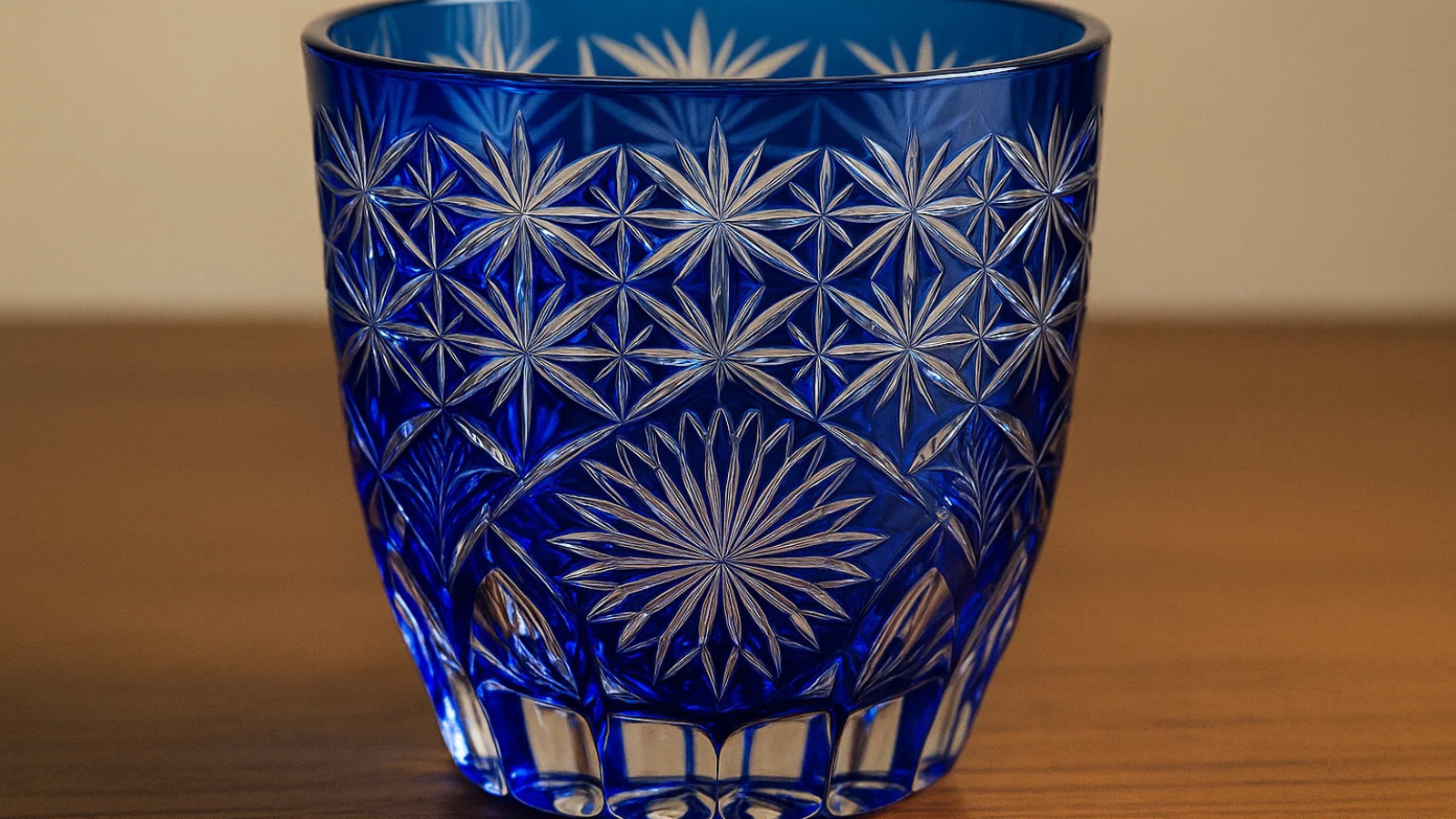
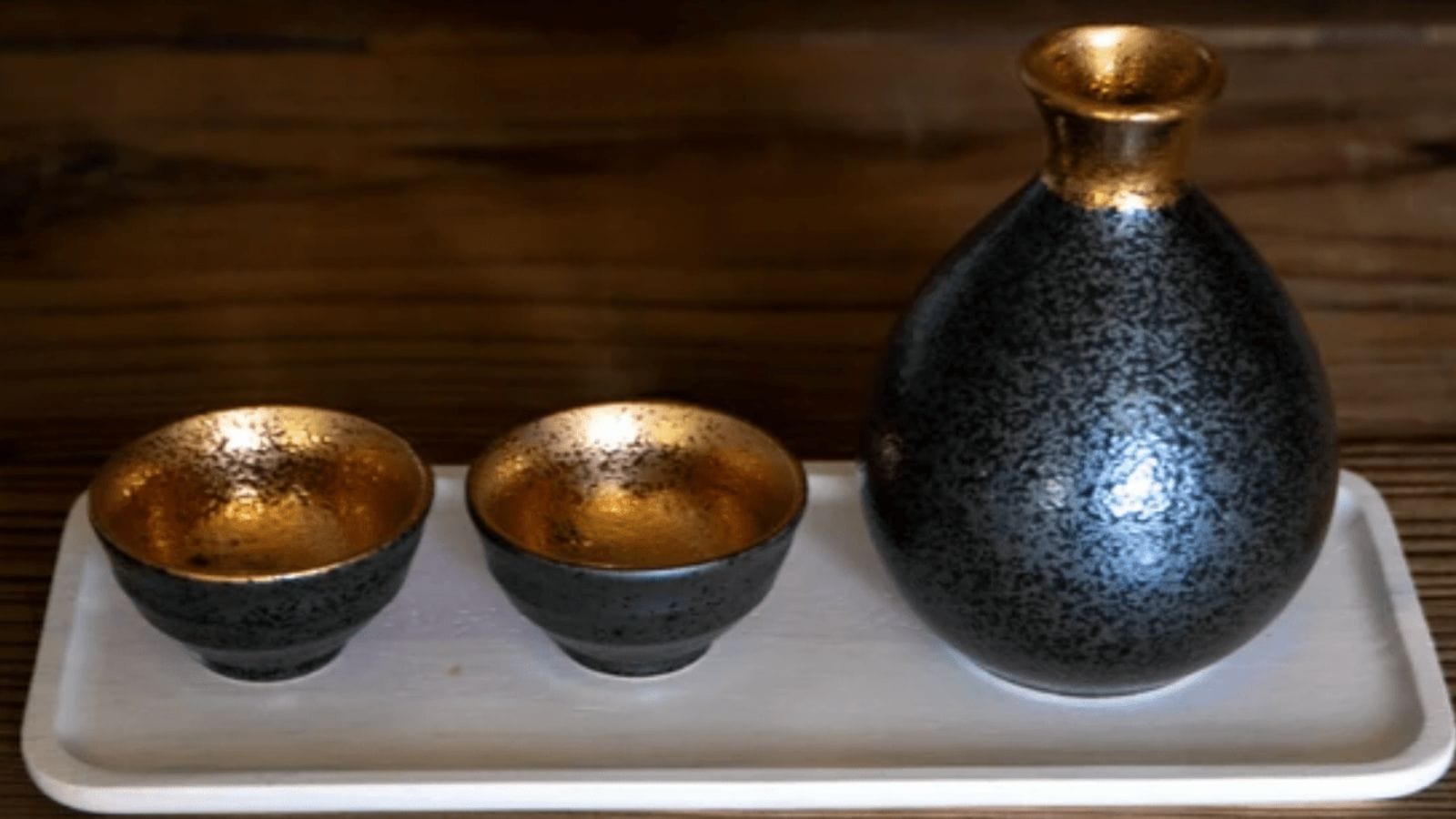
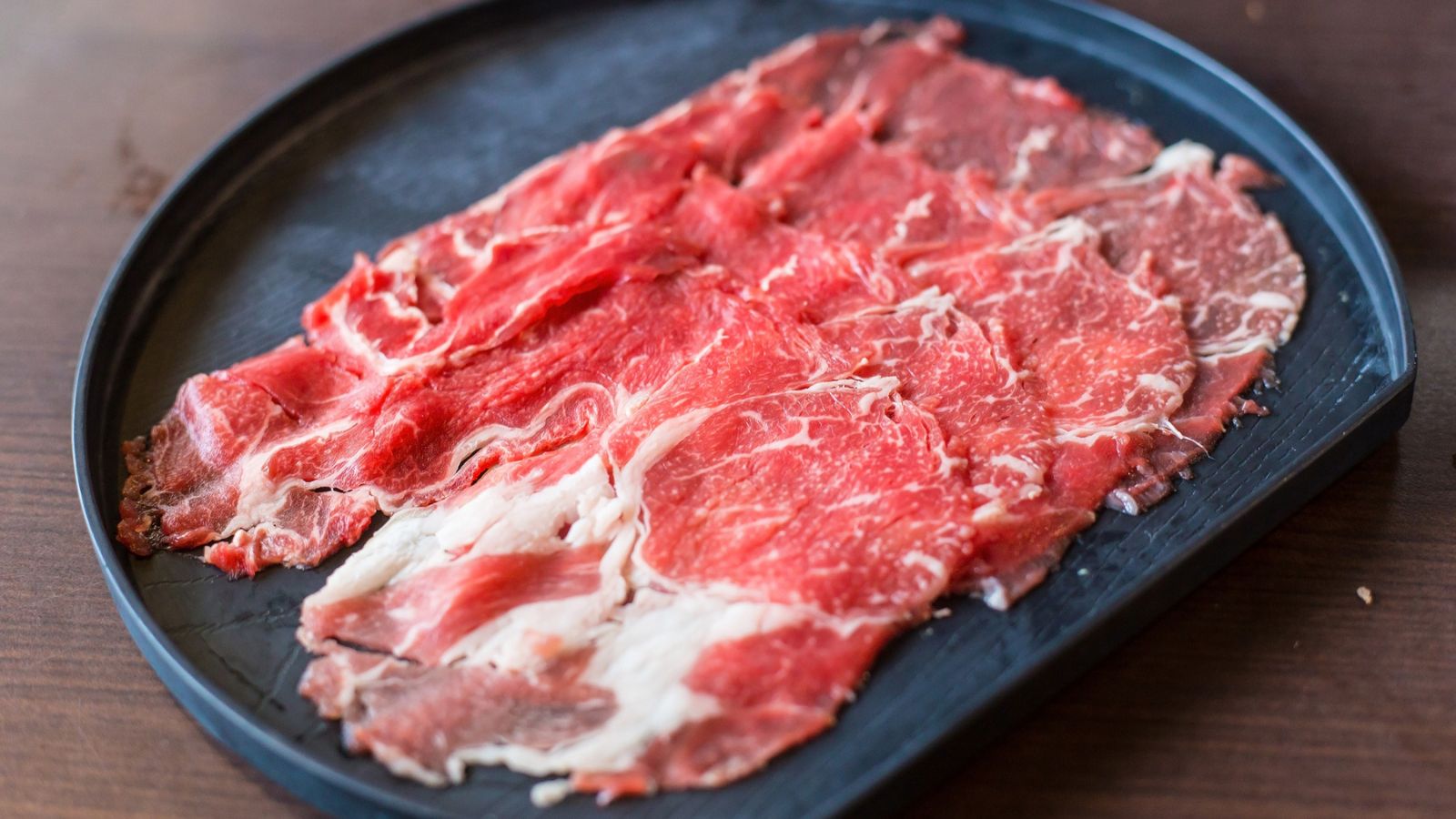
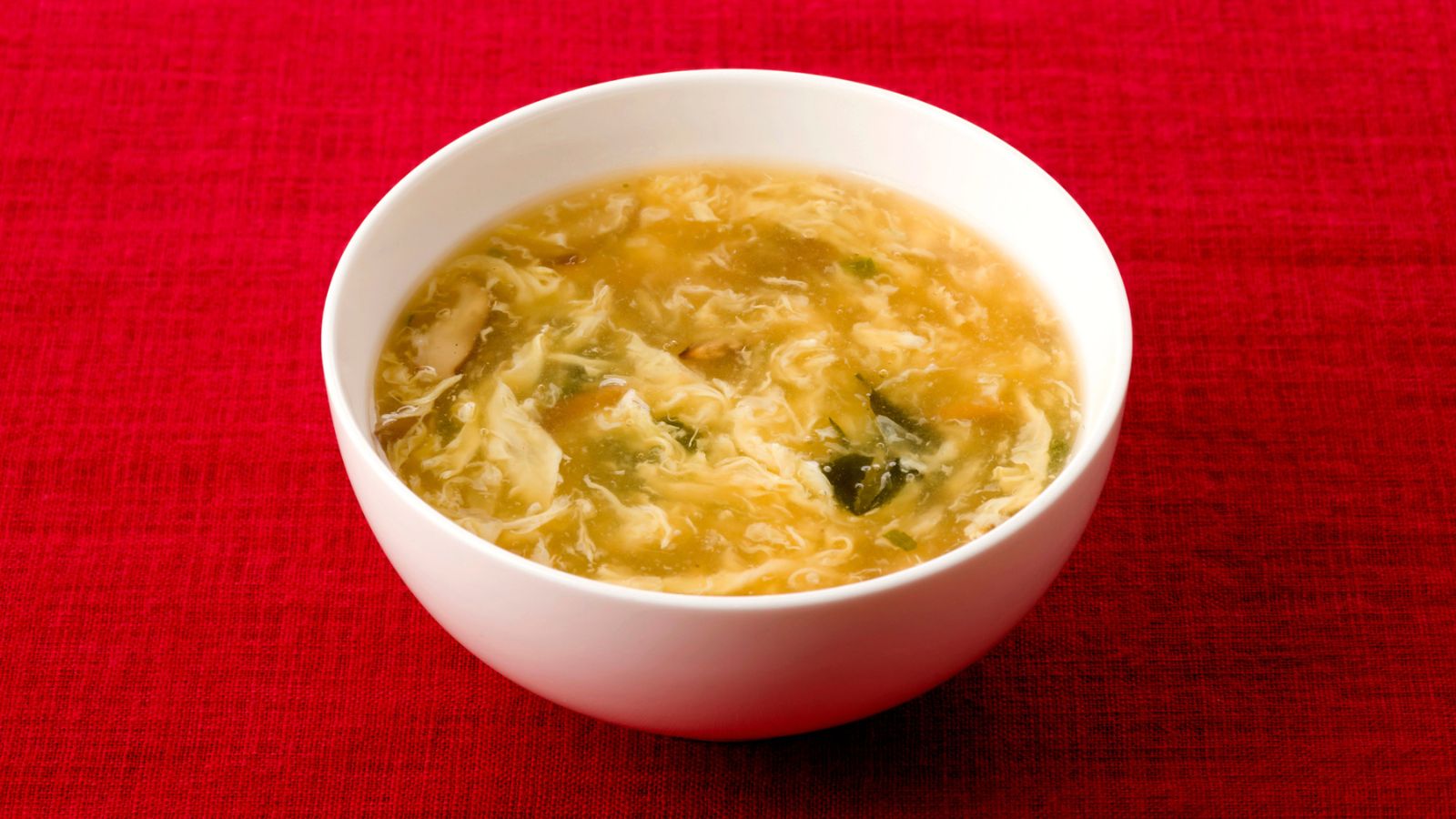
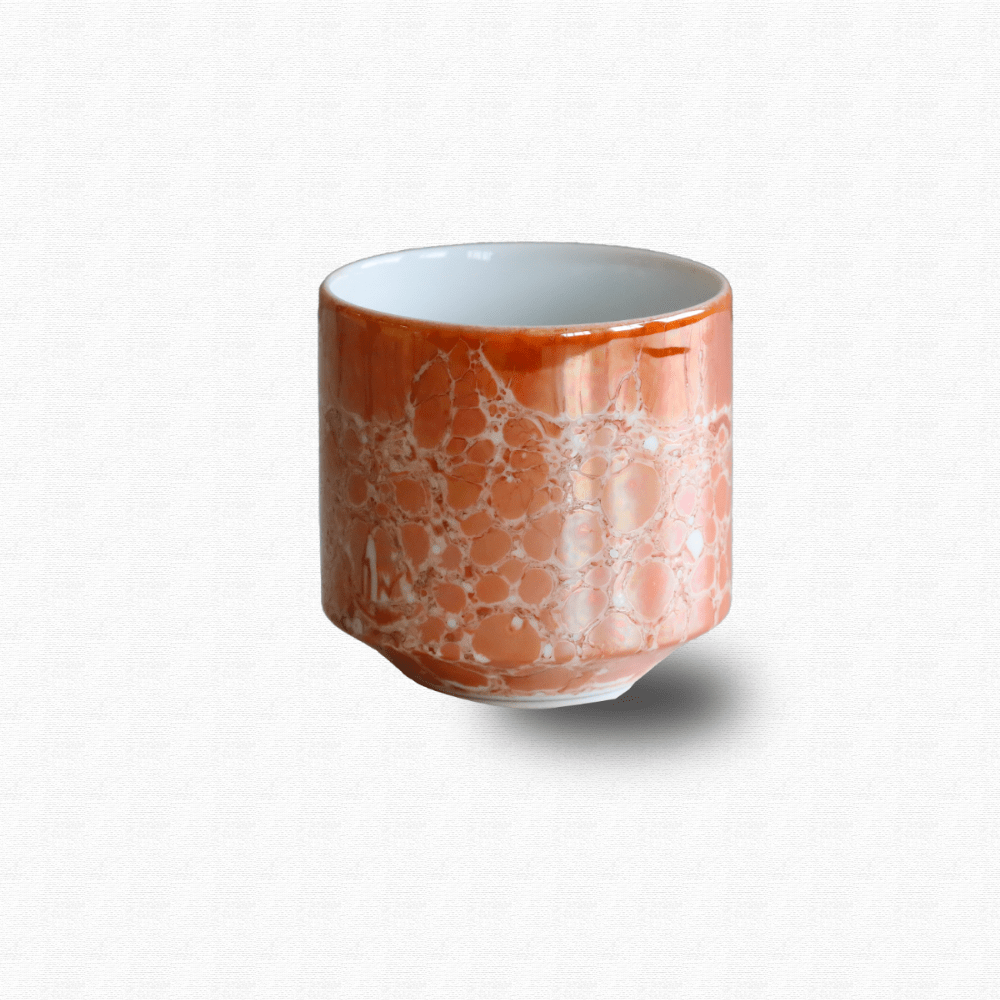

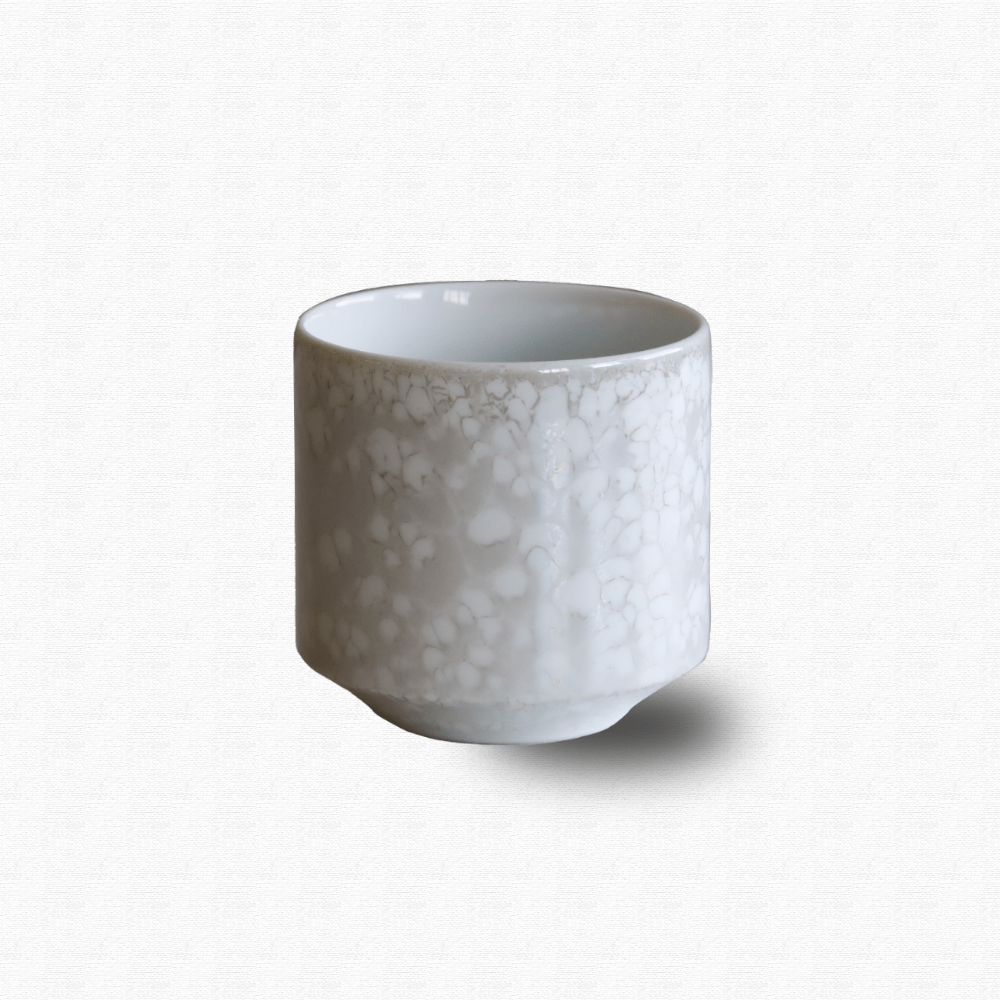
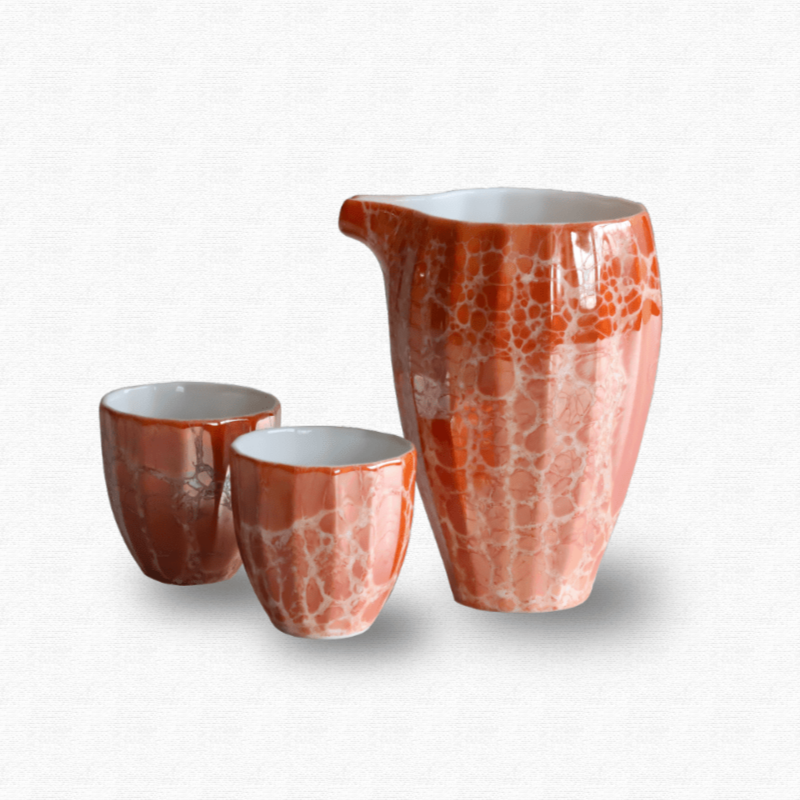
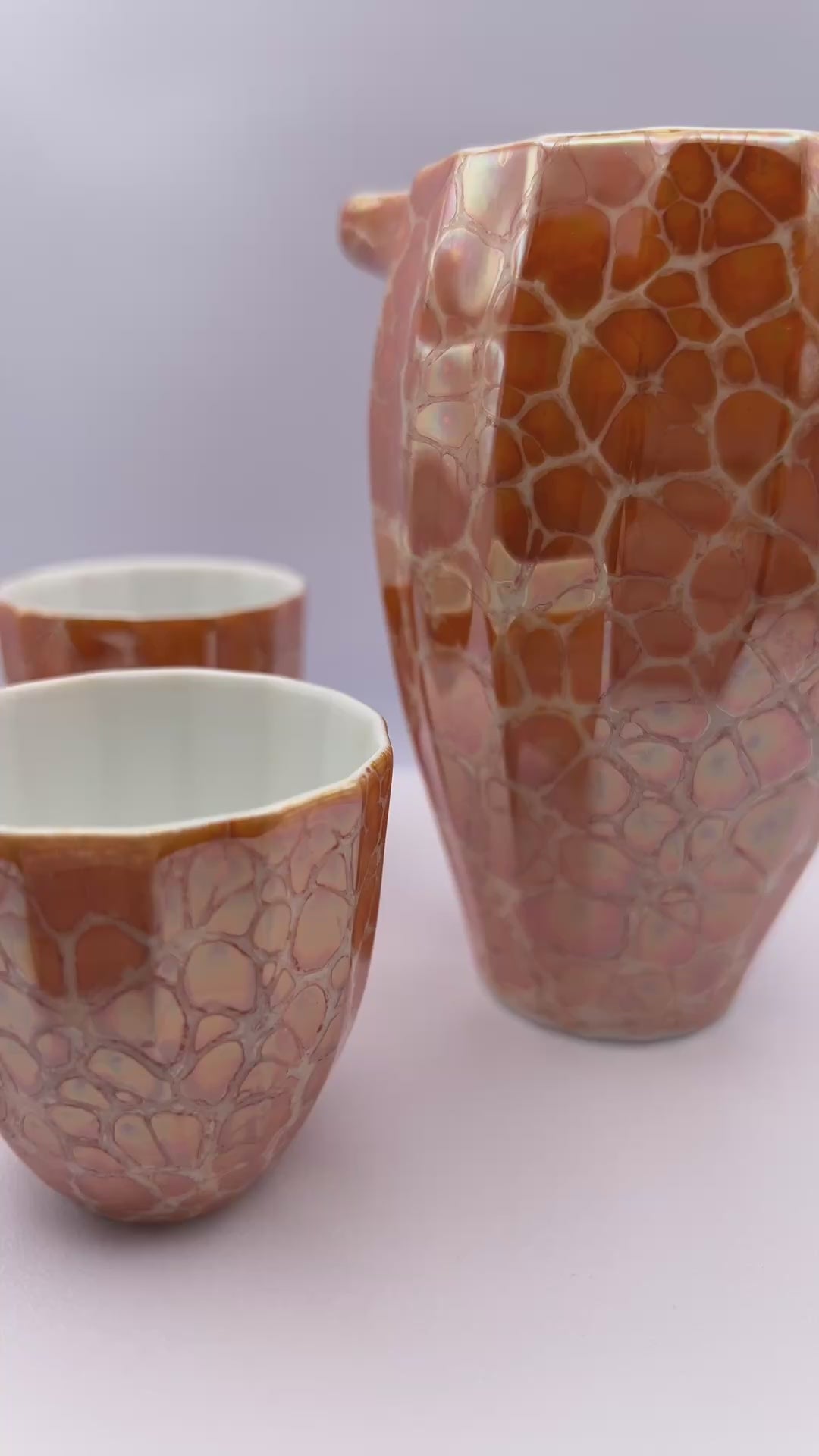
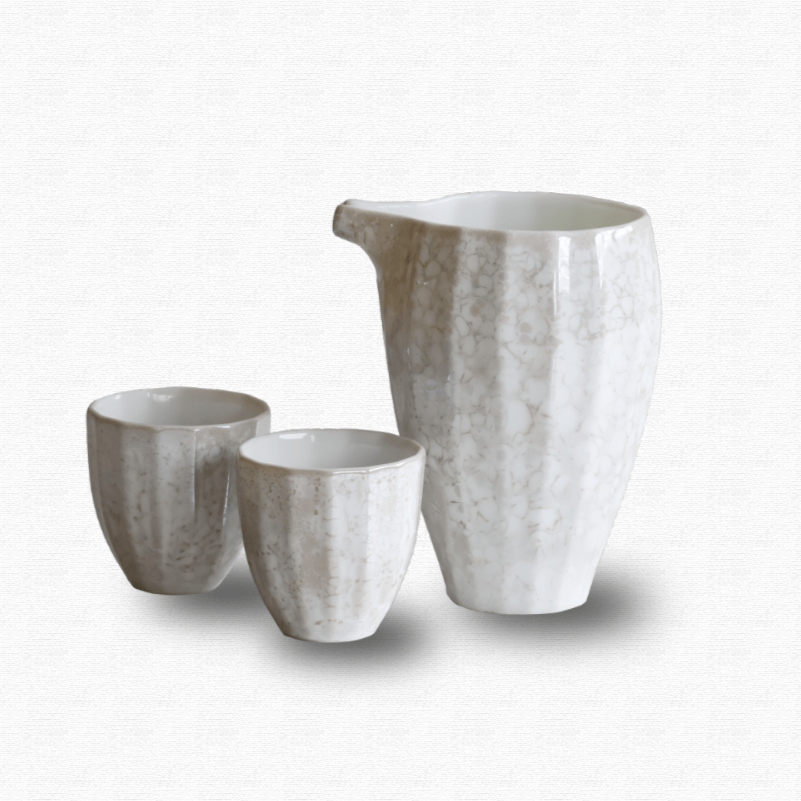
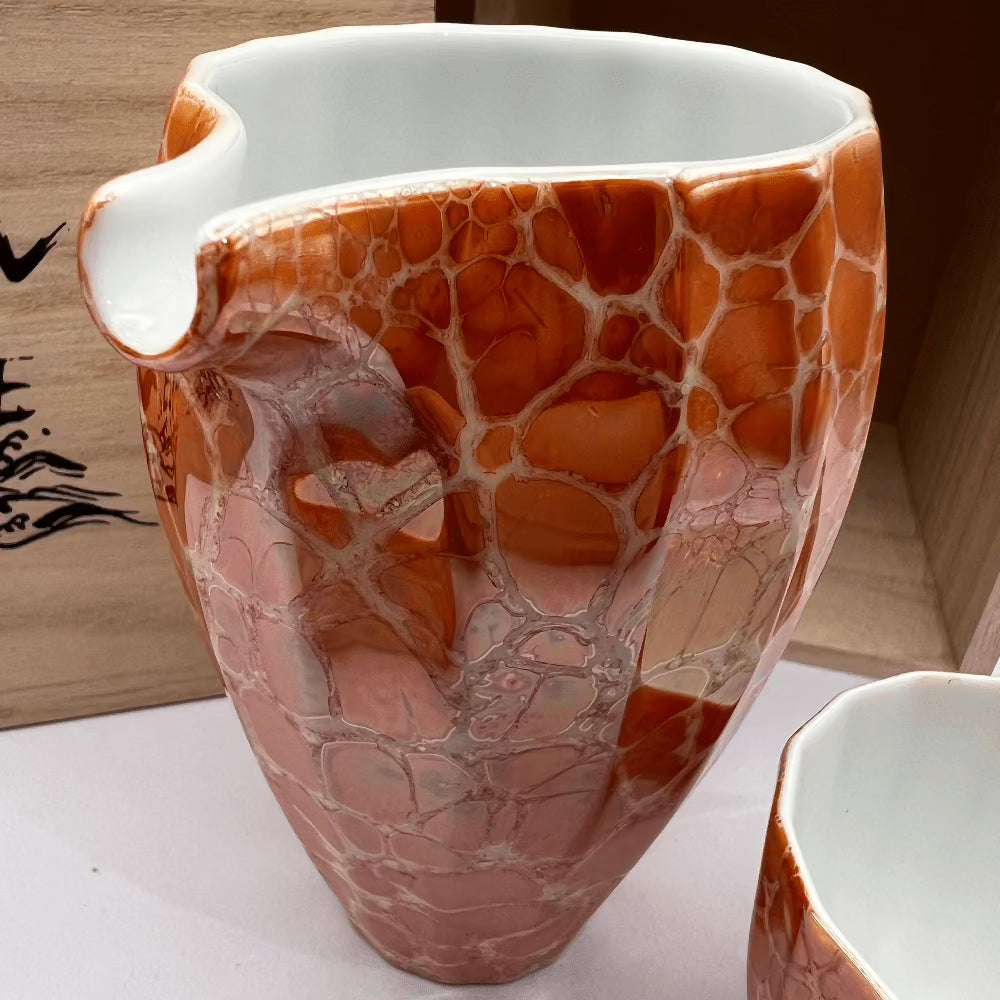
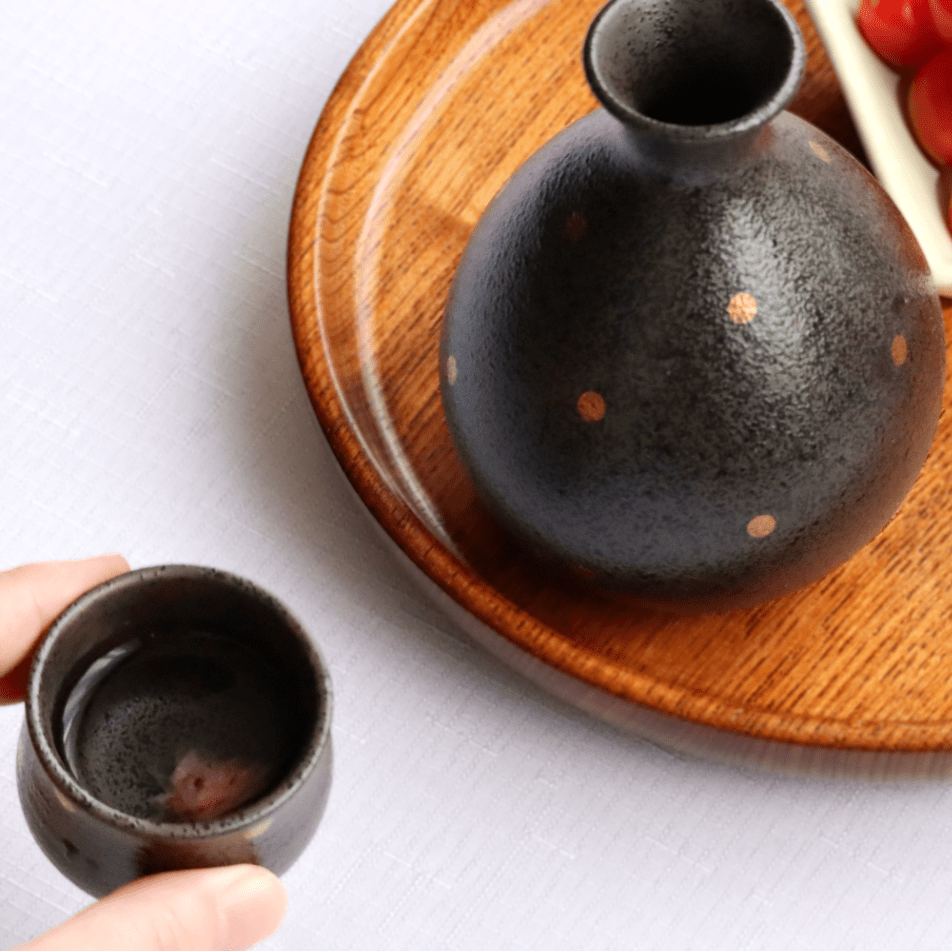
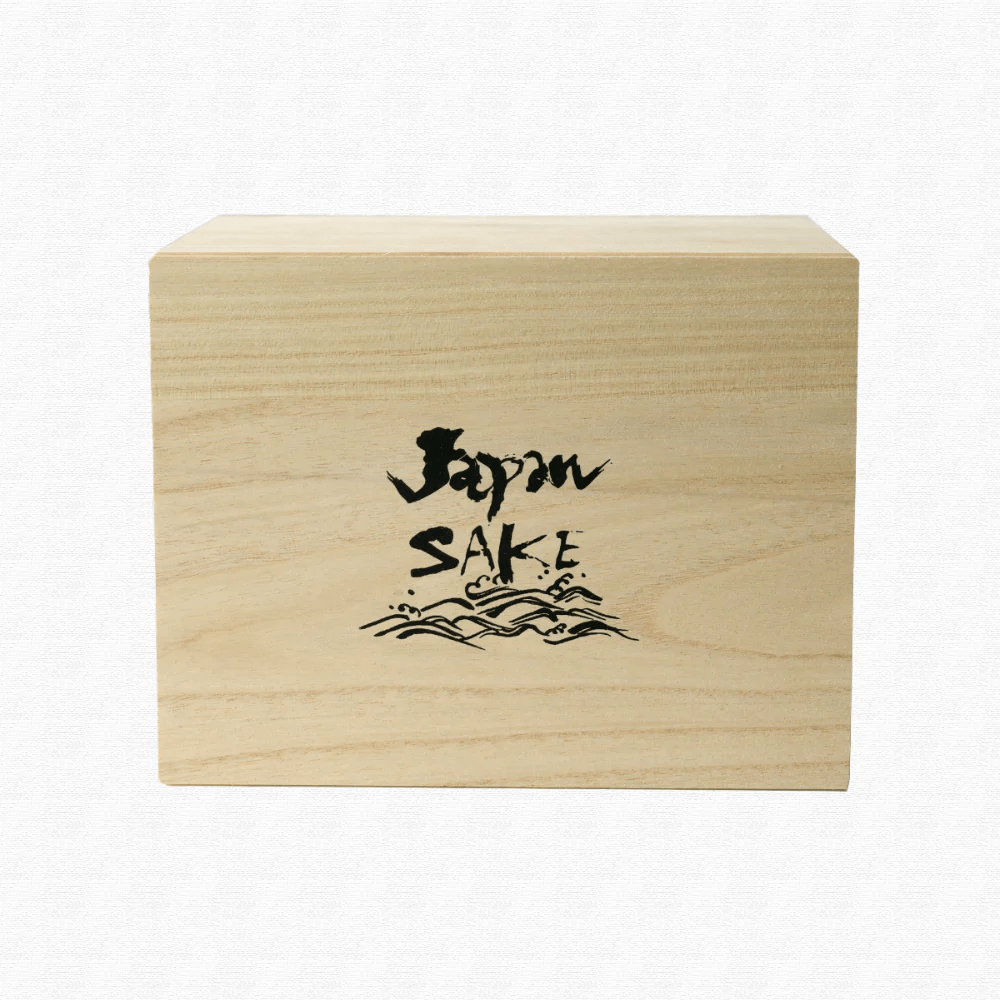

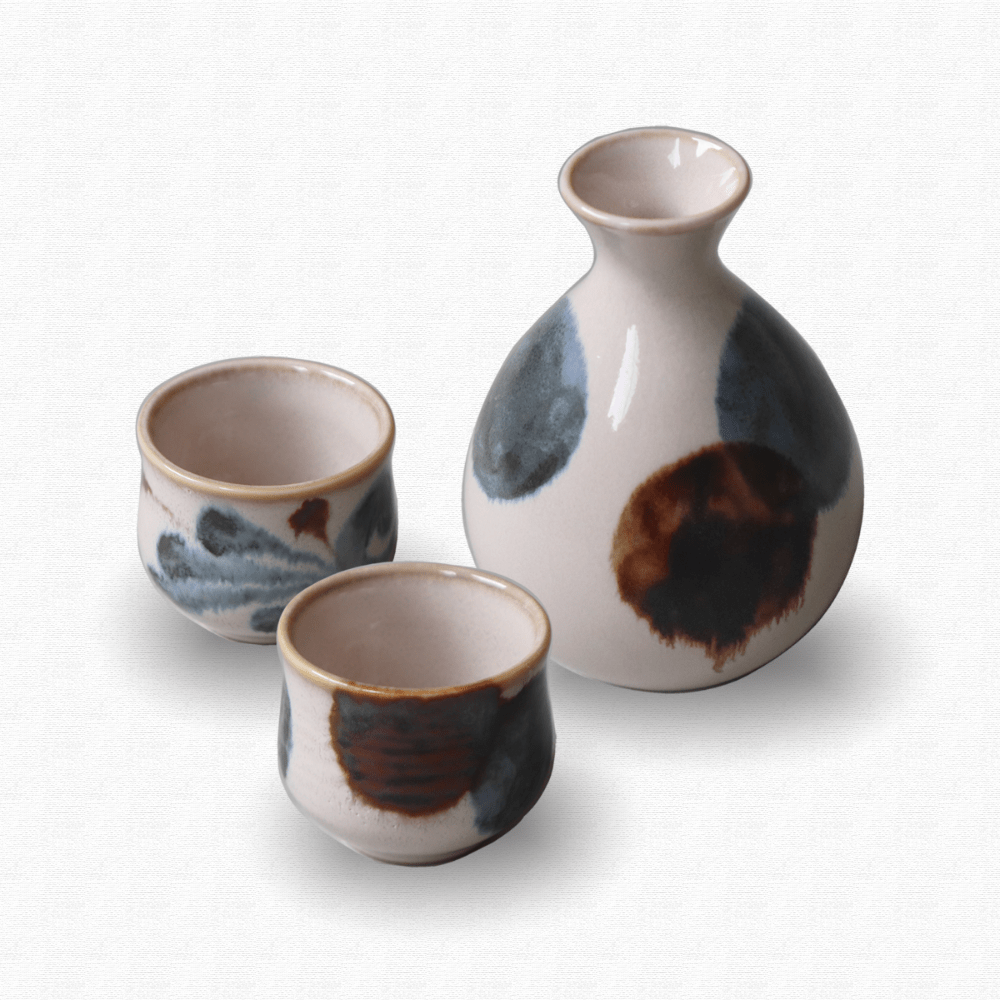
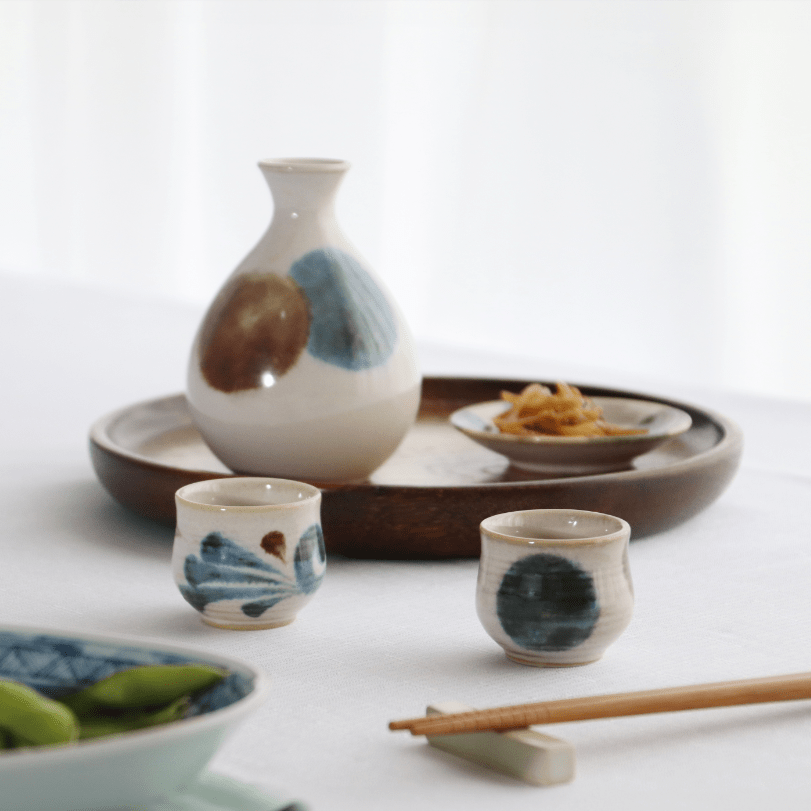
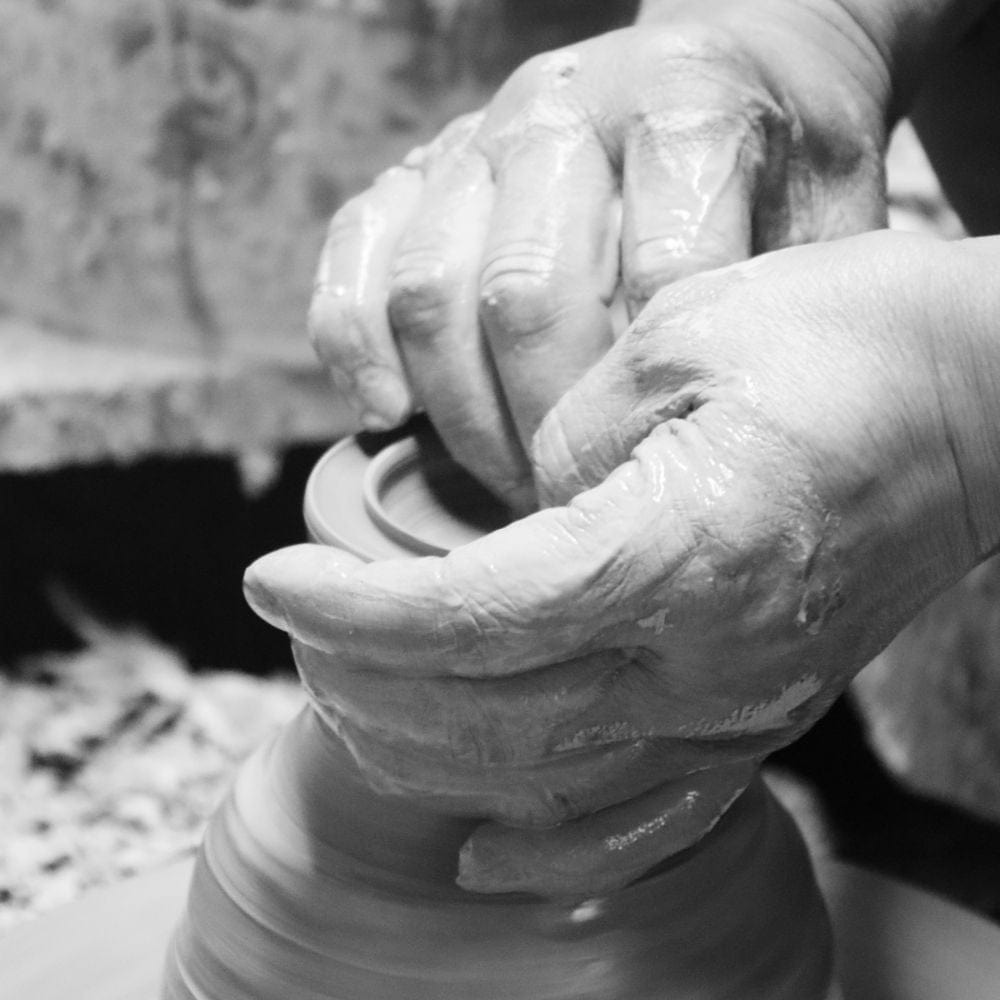
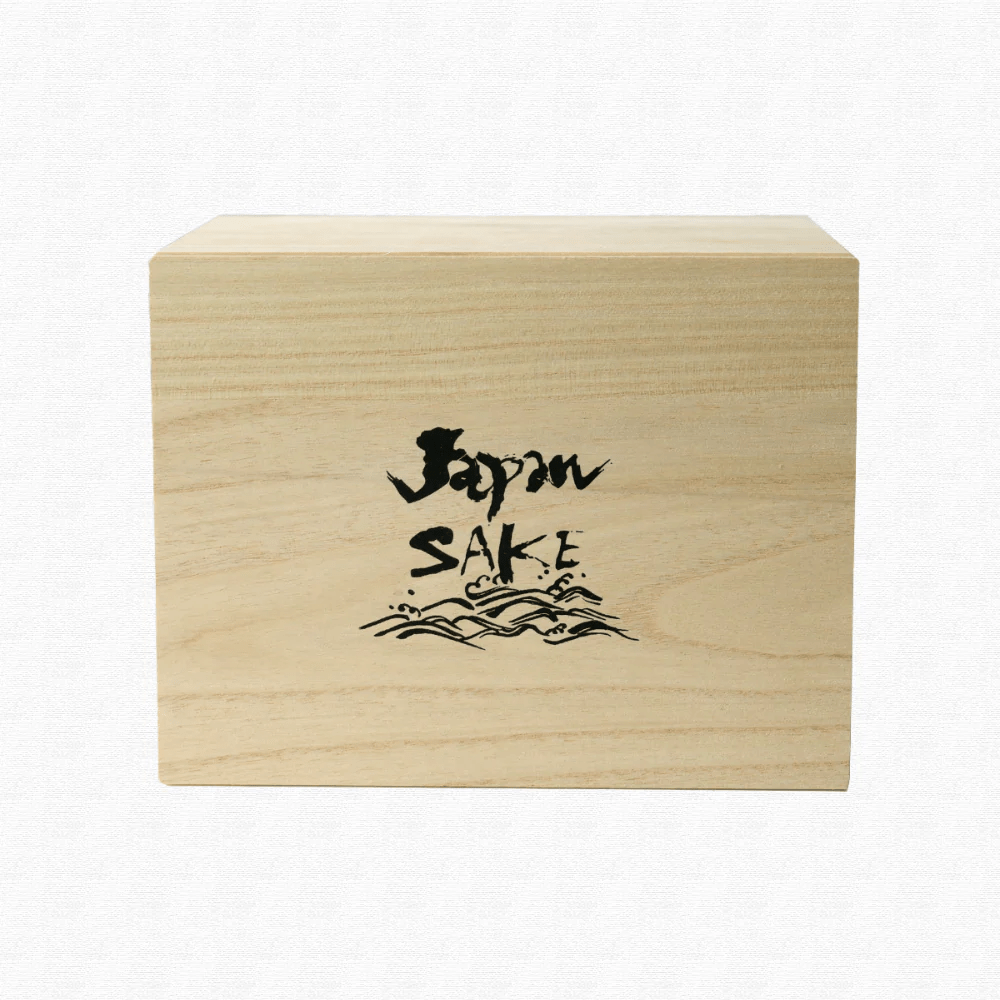
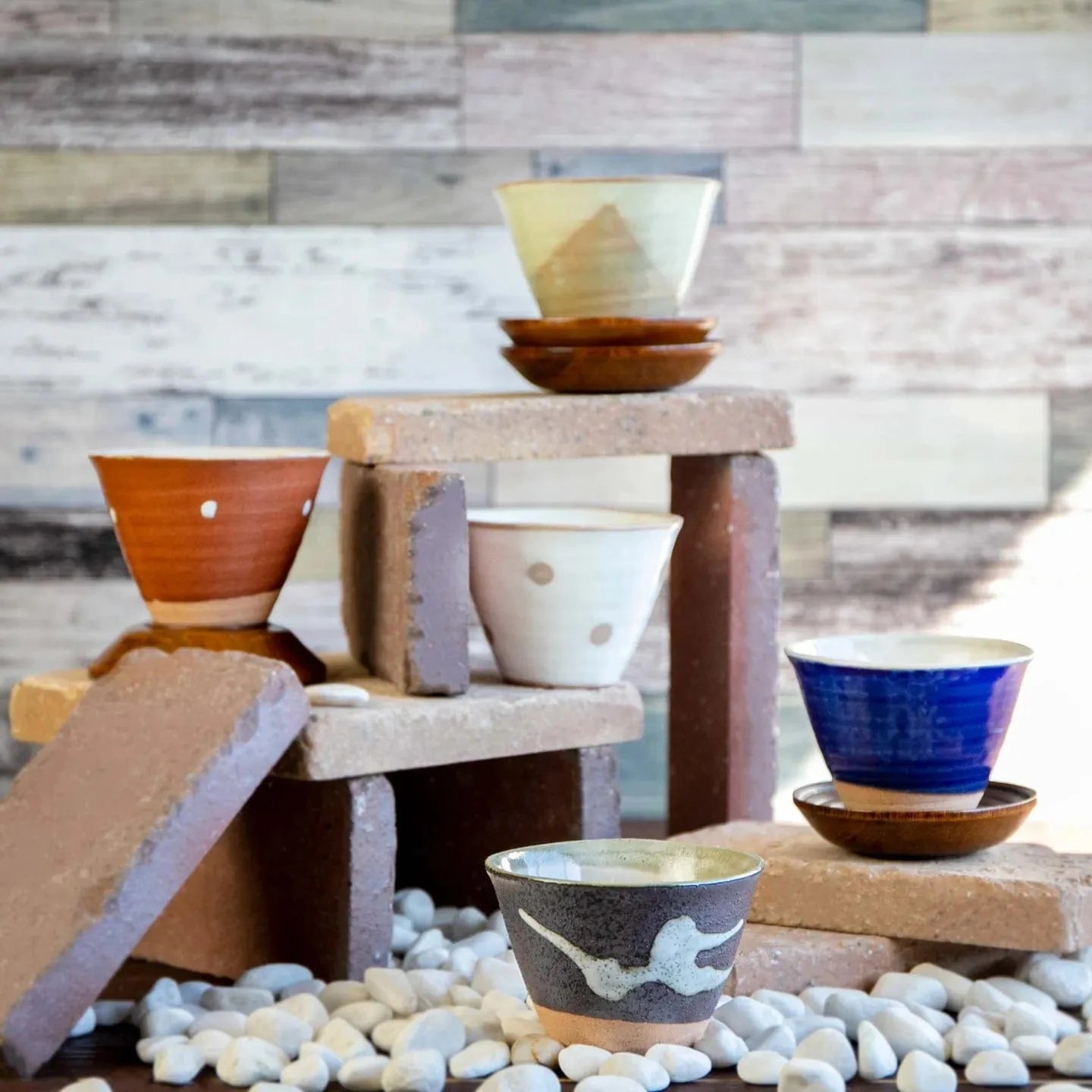

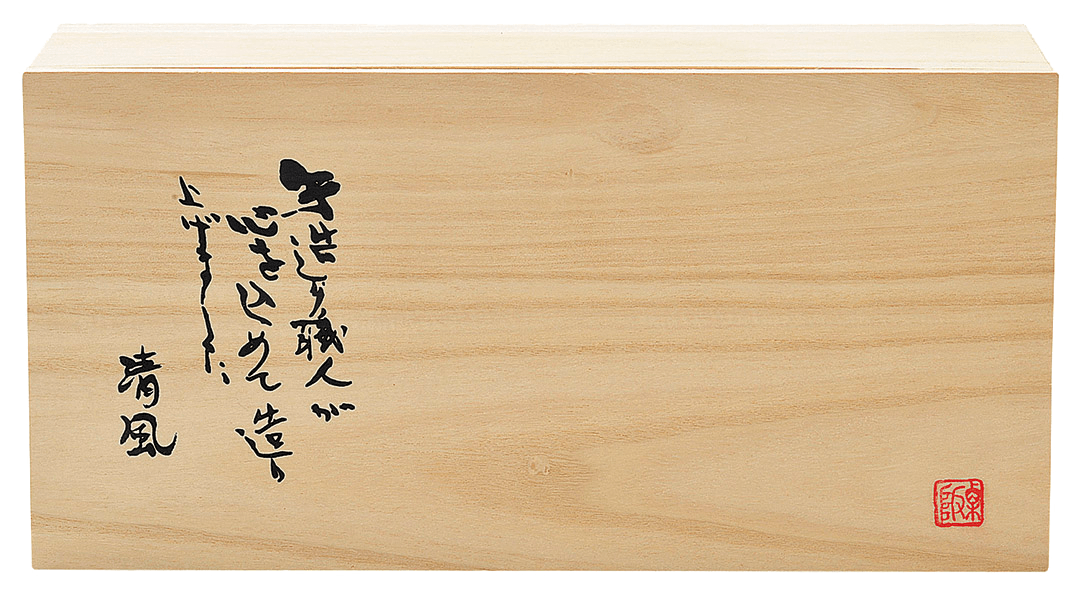
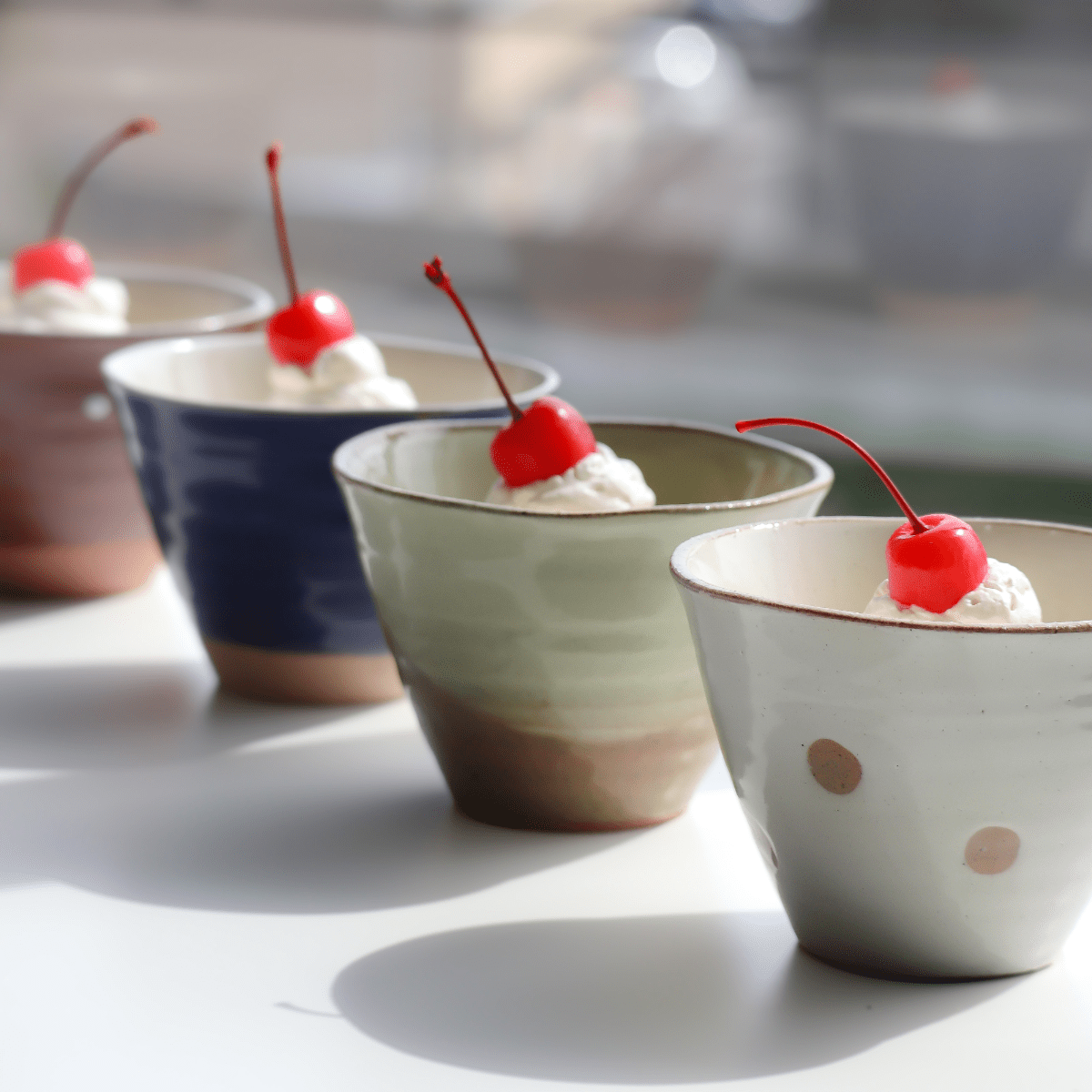
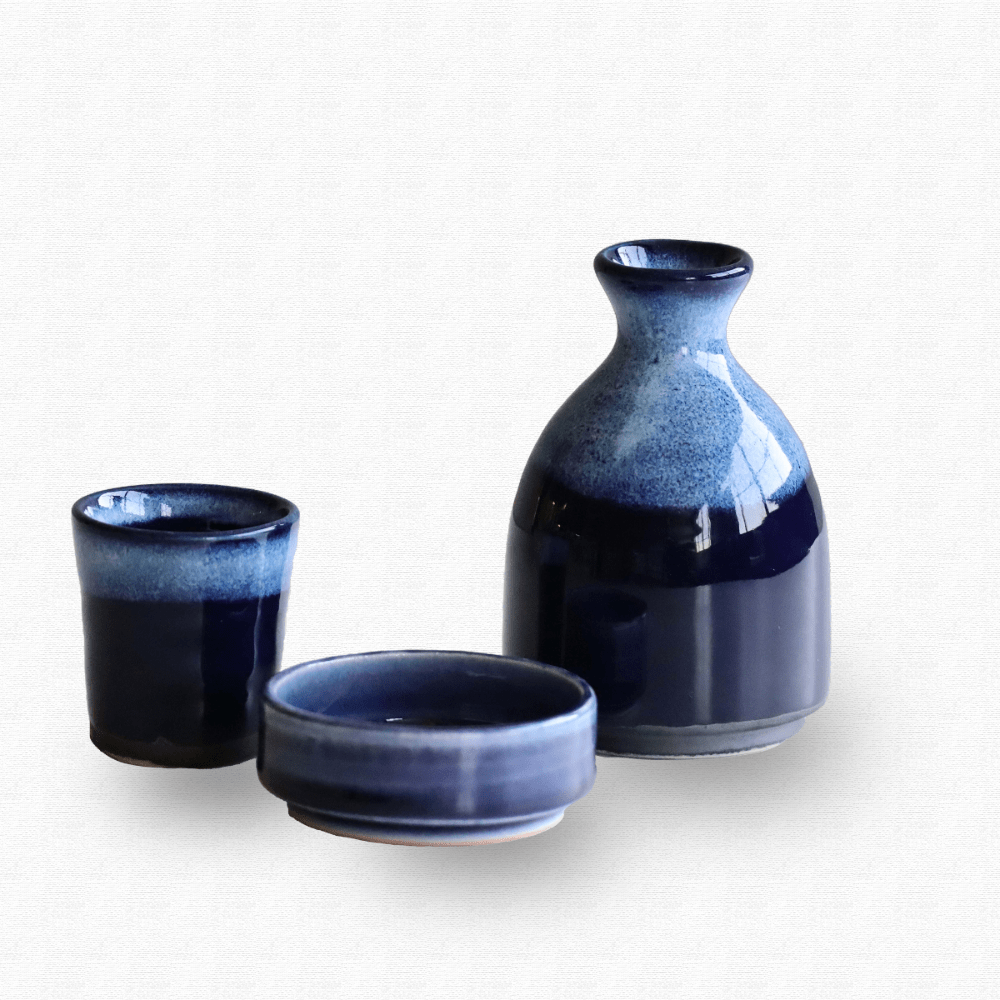
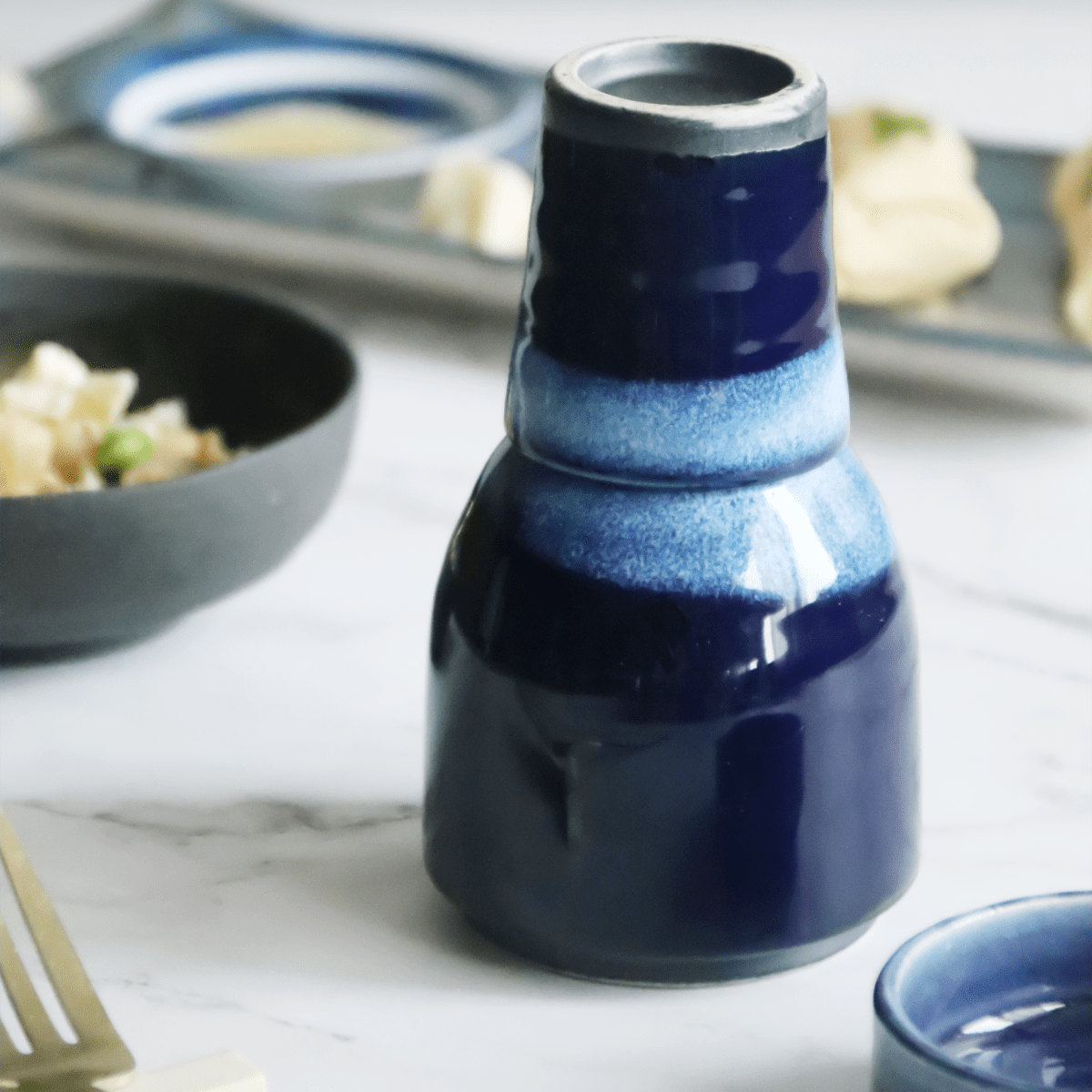
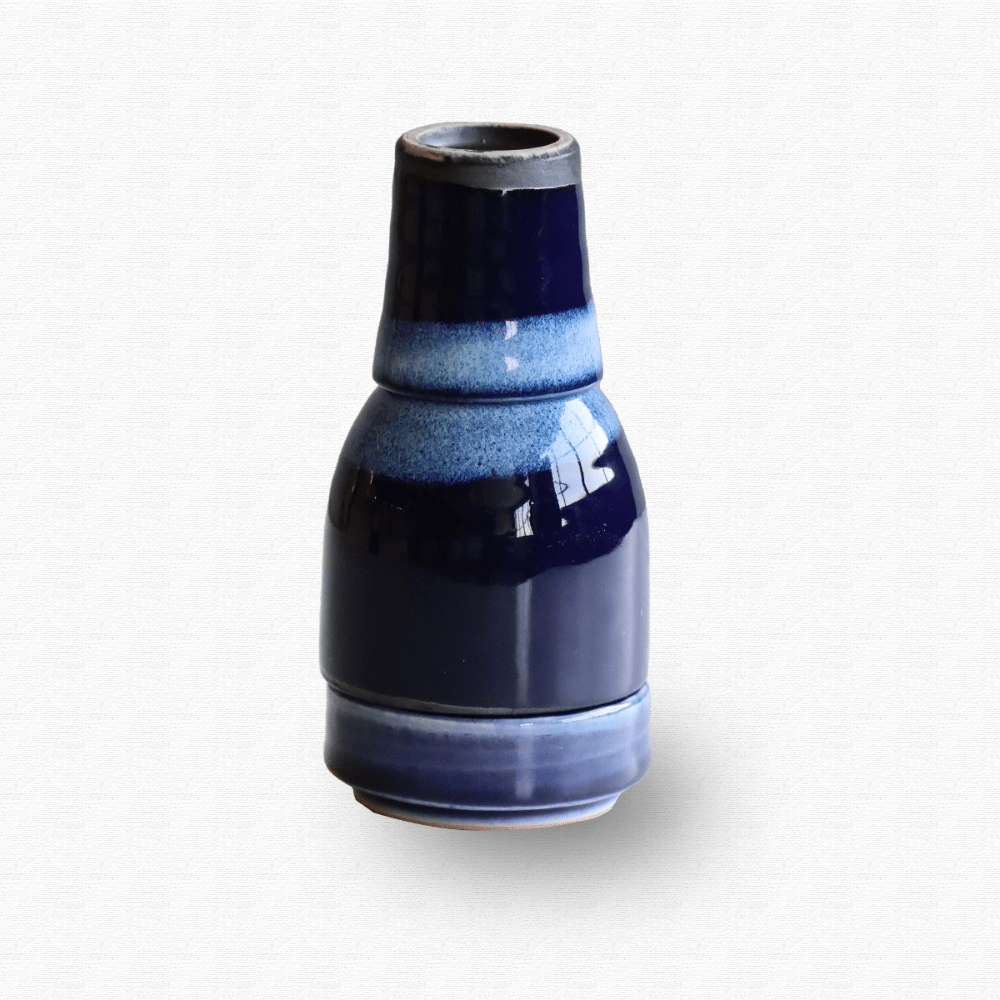
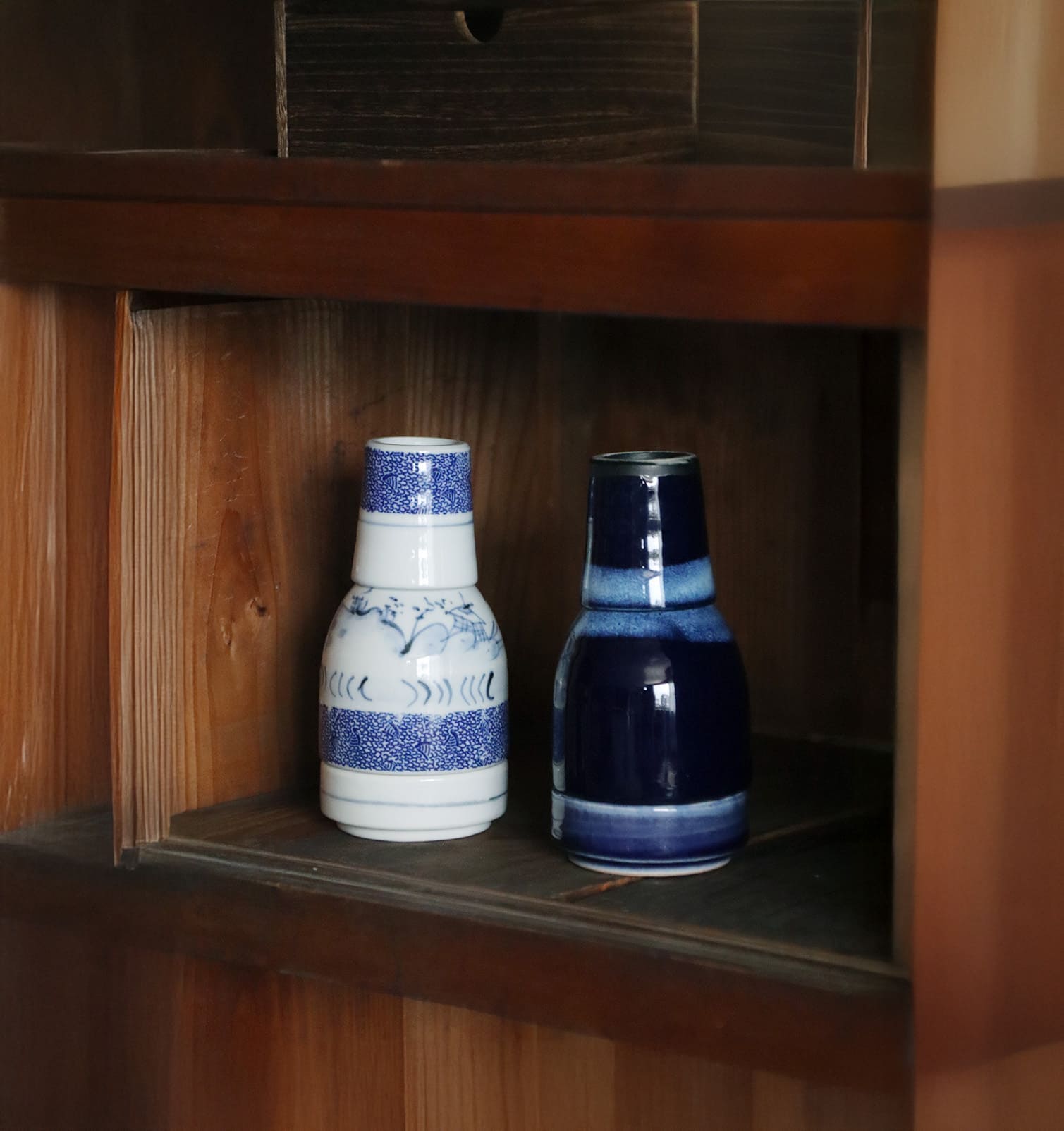
Share: